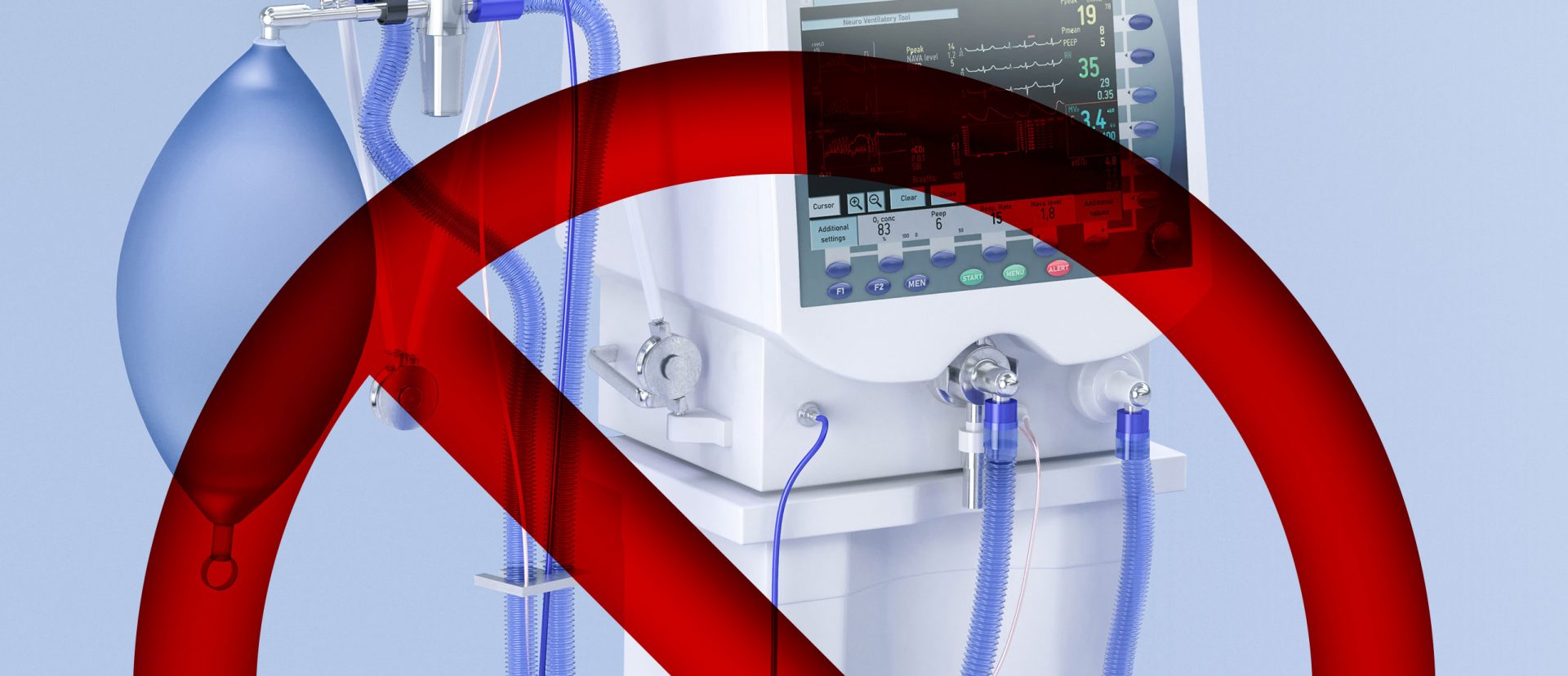The ability of individuals to repair, maintain, or modify things they own is often referred to as the “right to repair.” In recent years, manufacturers have erected barriers, “repair monopolies” that require customers to have items repaired exclusively by the manufacturer or its authorized agent. These repair monopolies dilute customer ownership. Manufacturers assert that items customers believe they have purchased were “licensed.” Insofar as the “license” view prevails, “owners” may be barred from doing what they want with their devices. Customers pay more for repairs than they otherwise would have, and environmental waste results. Moreover, amidst of the COVID-19 pandemic, repair monopolies have disabled hospitals from fixing broken devices used in treatment, thus demonstrating that protecting the right to repair has critical human health implications. Antitrust laws can — and should — be used to challenge repair monopolies.
By Jay L. Himes & Jonathan S. Crevier1
I. INTRODUCTION
The ability of individuals to repair, maintain, or modify things they own is often referred to as the “right to repair.” In response to pressure over the last decade contracting this right, an advocacy movement has gained traction in the United States as well as abroad. The movement “argues that companies should make it easier for their customers to fix their own stuff.”2 It also is critical of manufacturers who have created “repair monopolies” t
...THIS ARTICLE IS NOT AVAILABLE FOR IP ADDRESS 216.73.216.89
Please verify email or join us
to access premium content!

